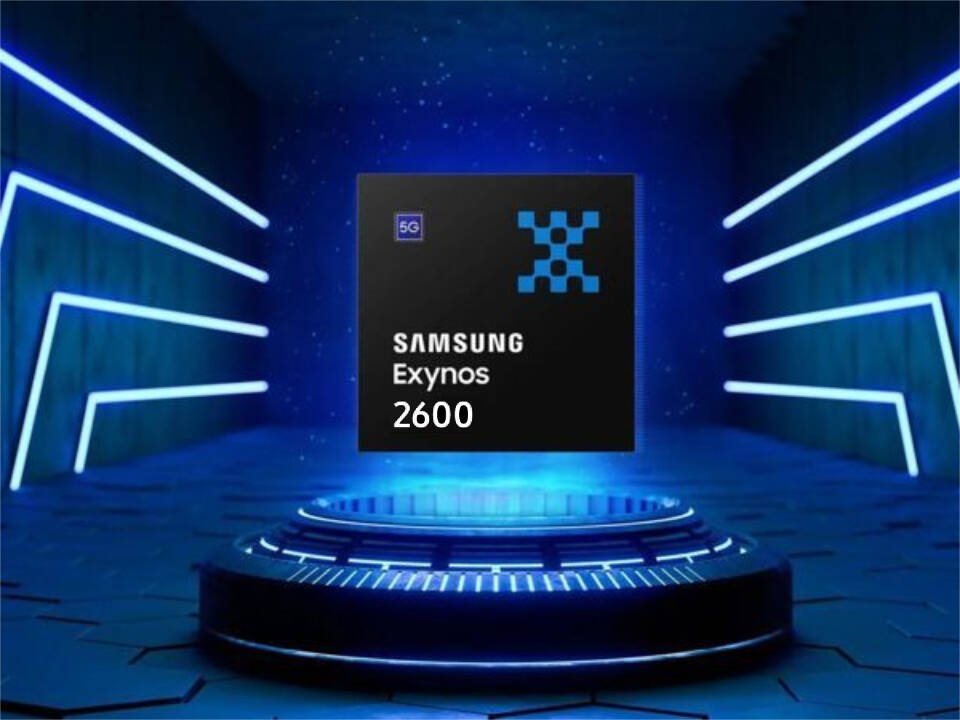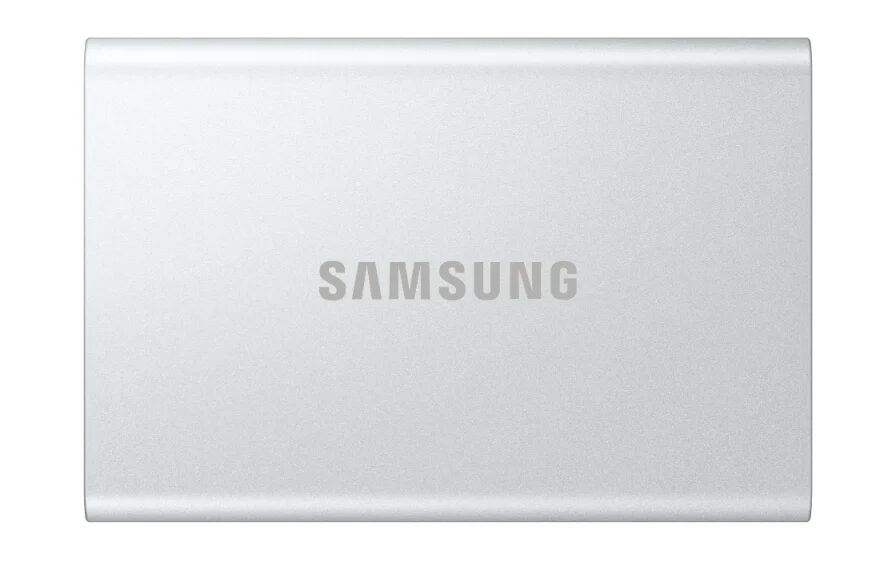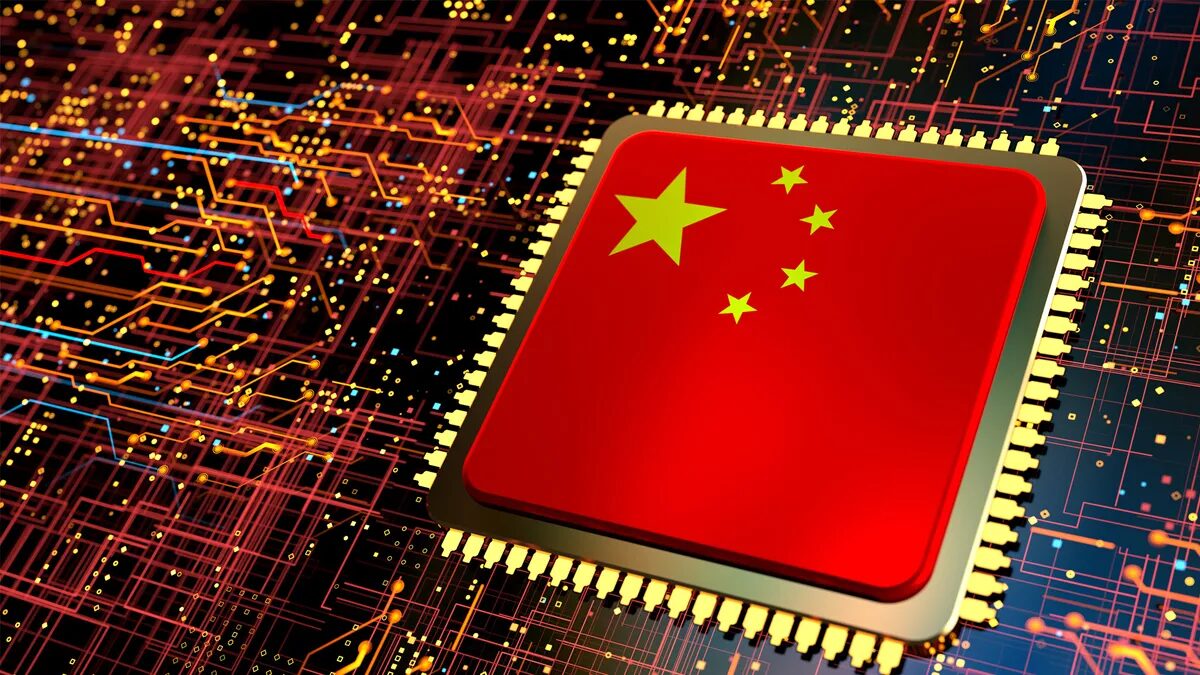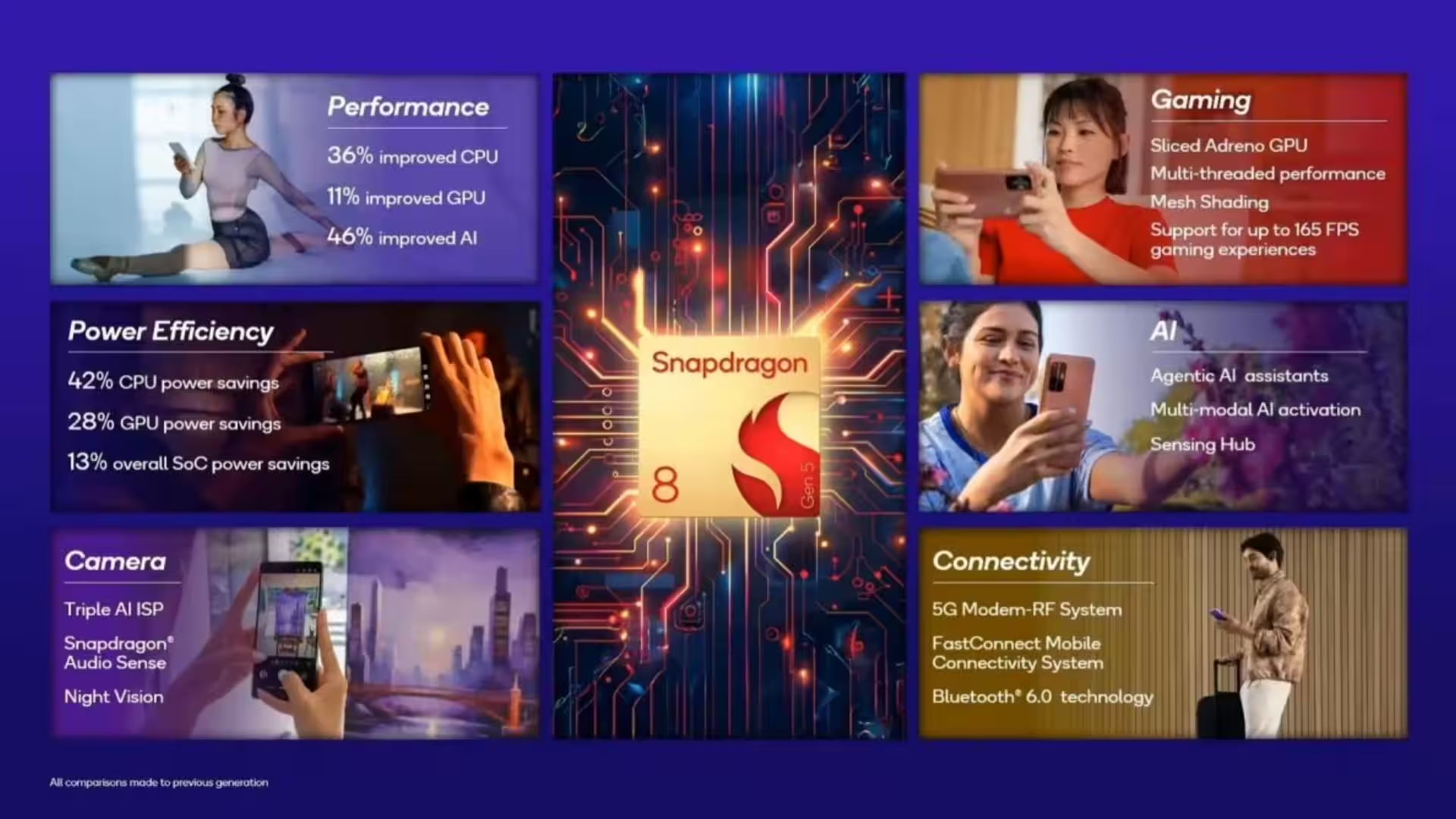Huawei’s next flagship chip could bring Kirin closer to the level of Apple and Qualcomm
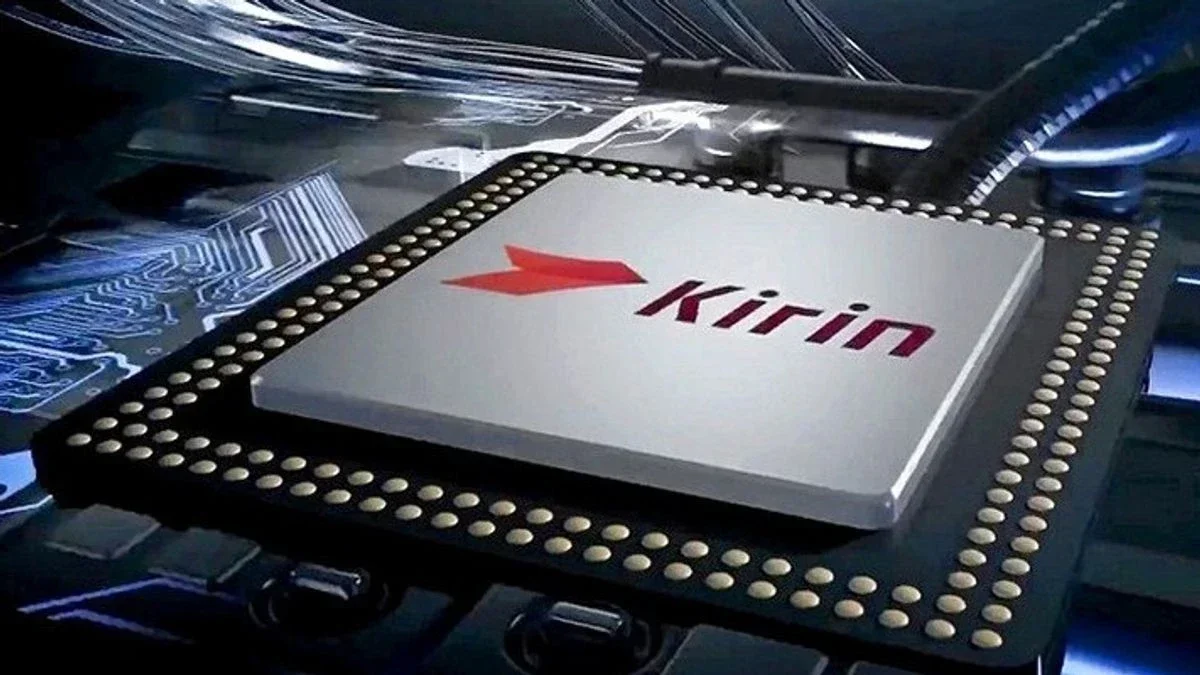
Last year, the iPhone 15 Pro and iPhone 15 Pro Max became the first smartphones with a processor made using the 3nm process. Until the Snapdragon 8 Gen 4, which is rumored to be newly named Snapdragon Elite, no other smartphone had used a chip with similar technology. The new Snapdragon chip will be used in a Xiaomi phone that is scheduled to be released as early as next month. Meanwhile, Huawei’s flagship models, such as the Mate 60 (2023) and the upcoming Pura 70 series (2024), still run on 7nm Kirin processors, which are already two generations behind current solutions.
Huawei’s flagship models, such as the Mate 60 (2023) and the upcoming Pura 70 series (2024), are still running on 7nm Kirin processors, which are already two generations behind current solutions.
The use of the 5G-enabled 7nm Kirin 9000s chip in the Mate 60 last year was a breakthrough for Huawei, despite US sanctions. Export control rules imposed by the US in 2020 were aimed at restricting the company’s access to semiconductors made using US technology. That forced Huawei to use Qualcomm Snapdragon processors in its previous models, such as the Mate 50 and P50, but those chips have been modified so that they don’t support 5G.
Sanctions.
How Huawei managed to overcome sanctions
When Huawei unveiled its own Kirin 9000s 5G processor for the Mate 60, it came as a surprise to the entire industry. Critics had predicted it would be a ceiling for Huawei because Chinese semiconductor makers don’t have access to ultraviolet lithography (EUV), which is used to create chips with process technologies below 7nm. The only company in the world that makes such machines is the Netherlands-based ASML, and shipments of its equipment to China have been banned.
The only company in the world that makes such machines is the Netherlands-based ASML, and shipments of its equipment to China have been banned.
Rumors have emerged, however, that Huawei may have access to a 5nm processor for the Mate 70 series, which is expected to be released in 2024. While creating a 5nm chip without EUV technology would be a costly and complex process, reports indicate support for the project from the Chinese government. SMIC, China’s largest semiconductor manufacturer, is reportedly even willing to sacrifice some profits to create a more advanced chip for the Mate 70 series.
What happens if Huawei does release the Mate 70 with a 5nm chip?
Popular Chinese insider Digital Chat Station reported on social network Weibo that «the power efficiency of the new processor is much improved», confirming rumors of a possible 5nm chip in the Mate 70. The last time Huawei used 5nm chips was in the Mate 40 series, which were produced at TSMC’s factories before U.S. sanctions were imposed.
If Huawei does introduce a 5nm 5G-enabled chip in the Mate 70, it could trigger a new wave of US sanctions. US lawmakers could tighten restrictions against Huawei and SMIC, which would create new complications for both companies. But for SMIC and Huawei, it’s a risk they are willing to take in order to regain competitiveness in the market and narrow the gap with companies like Apple and Qualcomm.
Smith and Huawei are willing to take the risk.
Conclusion
Despite sanctions and restrictions, Huawei continues to push forward, developing its own technology and overcoming challenges. If the company can produce a 5nm chip for the Mate 70, it would be a significant step towards regaining its position in the global smartphone and technology market.
Huawei’s efforts to develop a 5nm chip for the Mate 70 will be a significant step towards restoring its position in the global smartphone and technology market.


